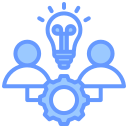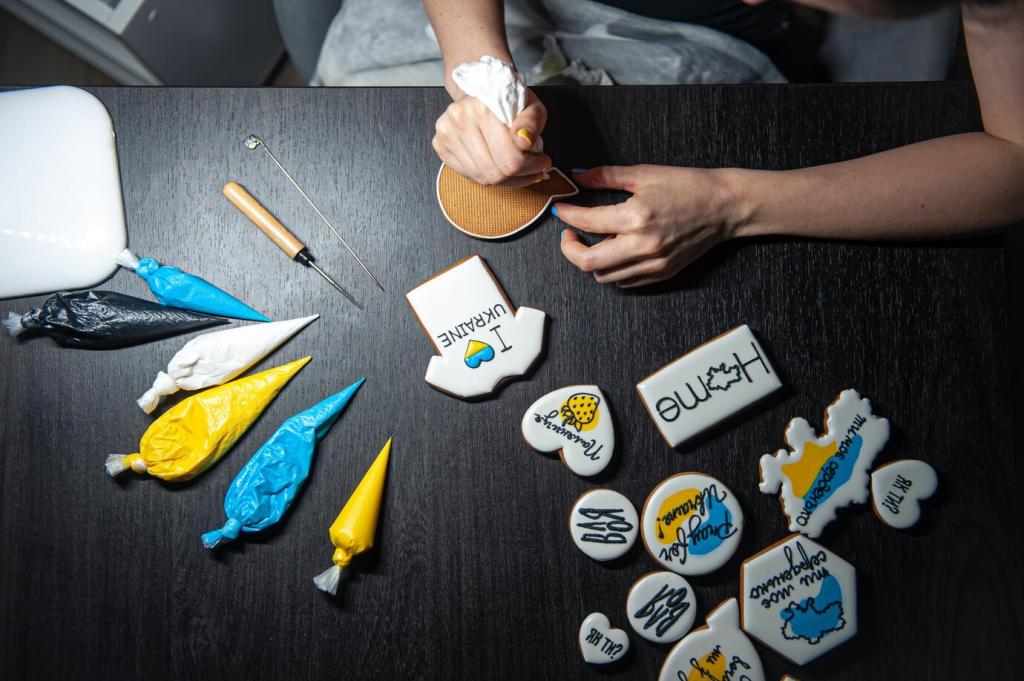Design Collaboration Rituals That Actually Work
Keep daily huddles under fifteen minutes, anchored on flow blockers and dependencies. Encourage translation: each update includes what another discipline needs to know next. Rotate facilitators so norms reflect the whole team. Share your favorite prompt that makes updates more useful across specialties.
Design Collaboration Rituals That Actually Work
Schedule brief reviews where diverse experts stress-test one critical choice at a time. Provide pre-reads, ask for best-case and worst-case perspectives, and document trade-offs. Timebox debate, then decide and commit. If you try this for a week, return and report what improved most.
Design Collaboration Rituals That Actually Work
End sprints or milestones with a retro focused on collaboration patterns, not blame. Turn insights into one or two specific experiments for the next cycle. Start the next planning by revisiting outcomes from those experiments. Subscribe for our favorite retro questions crafted for multidisciplinary teams.



